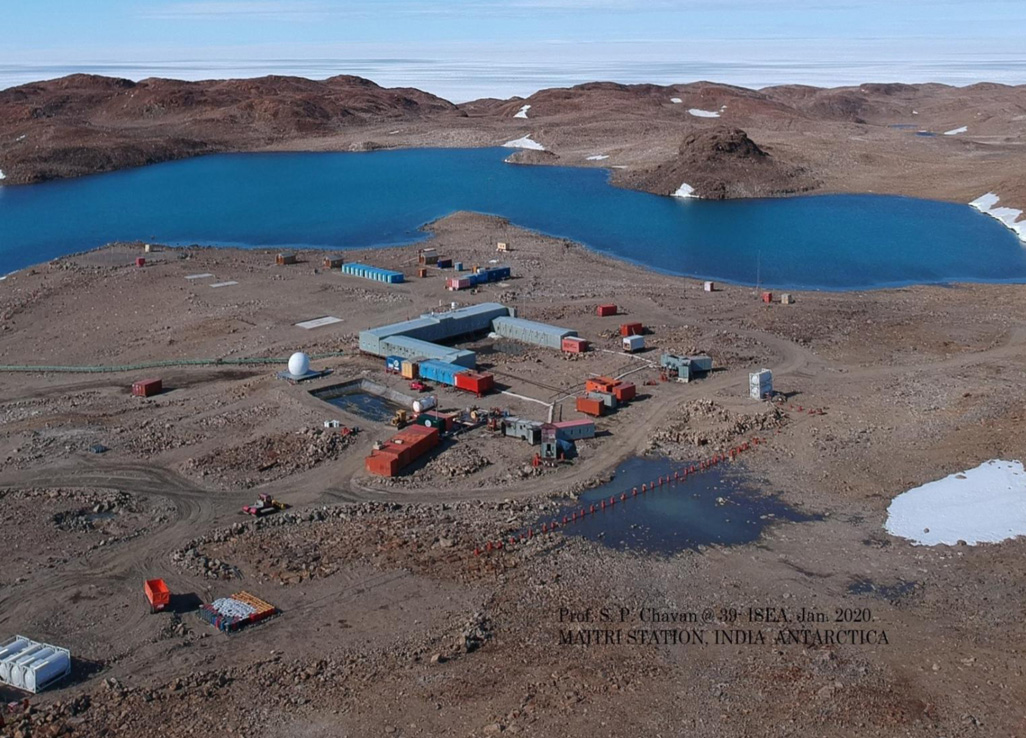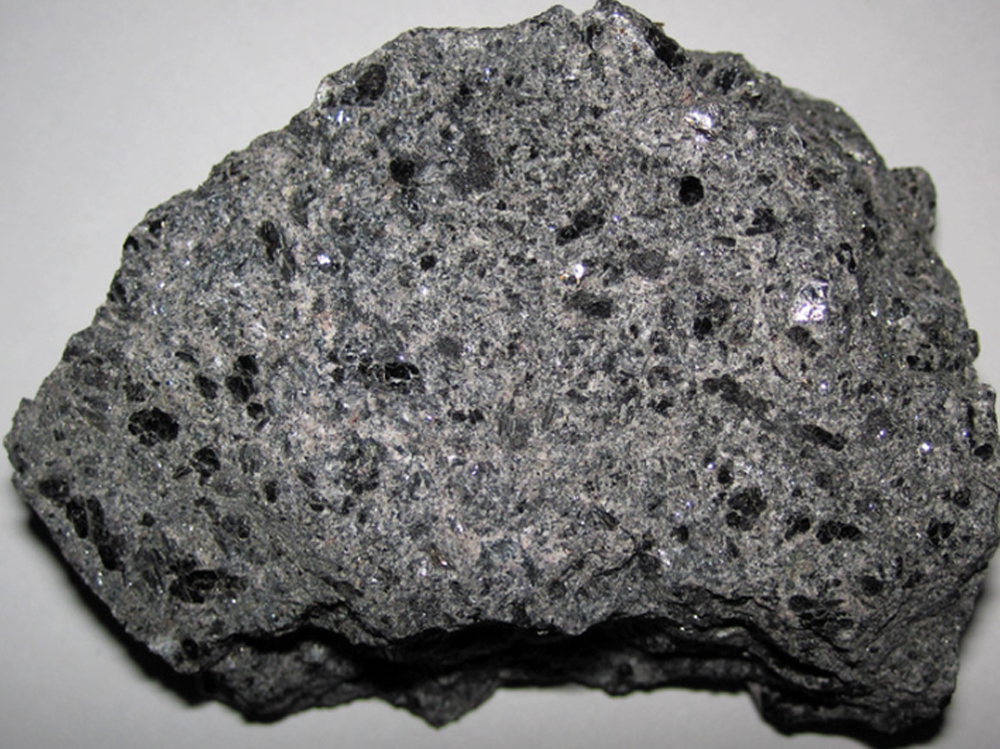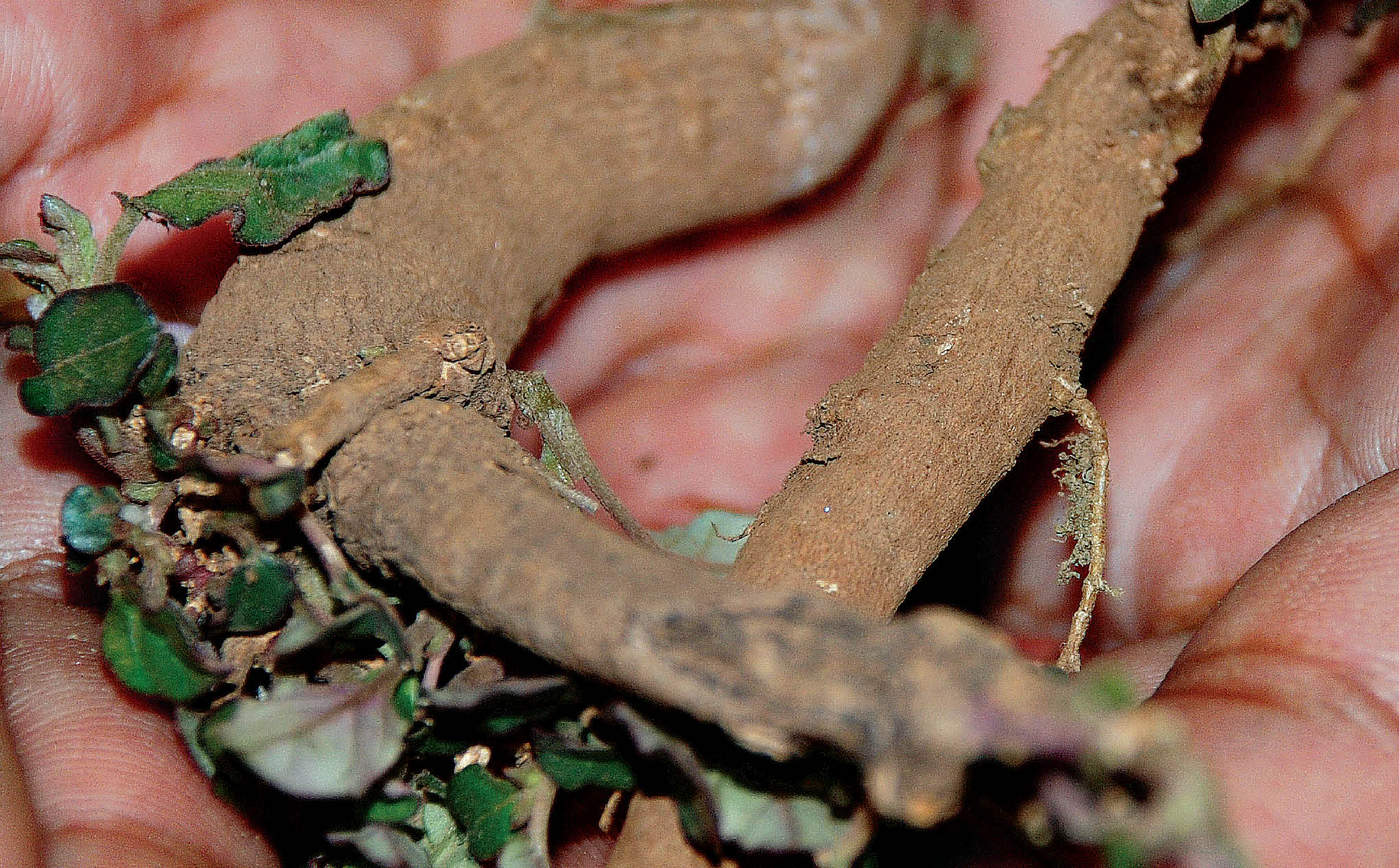Land Use Change: Delhi Ridge



India is set to embark on a new chapter in its Polar exploration journey with the construction of Maitri II. The Indian government plans to establish a new research station near the existing Maitri ba...
.png )
The Deep Ocean Mission (DOM), approved by the Government of India in 2021 under the Ministry of Earth Sciences (MoES), represents a strategic step in realizing Sustainable Development Goal 14 (SDG 14:...

China recently announced restrictions on the export of seven rare earth elements (REEs), soon after US President Donald Trump decided to impose tariffs. As the world's dominant supplier—responsible fo...
<p>There are many communities living on the fringes of the threatened Delhi Ridge only lung space. The Delhi Ridge stretches over a distance of 35 km, from Bhatti Mines to southeast of the 700 year ol...
Mangroves are critically important wetlands in view of the variety of ecosystem functions they perform. Yet, they are witnessing widespread destruction, much to the peril of coastal communities. A bet...
Conservationists are aware that depletion of jungles and over harvesting limit the capacity of medicinal plants to proliferate. But a larger threat is the sensitivity of rare species to changes in tem...
Given West Midnapur's general backwardness, it was surprising that women signed up in hordes to join the Forest Protection Committee. But, the women explained, they had a good reason.
<p>There are many communities living on the fringes of the threatened Delhi Ridge only lung space. The Delhi Ridge stretches over a distance of 35 km, from Bhatti Mines to southeast of the 700 year old Tughlaqabad, branching in different directions, and finally tapering towards the northern end near Wazirabad on the western banks of Yamuna river.</p>

Mangroves are critically important wetlands in view of the variety of ecosystem functions they perform. Yet, they are witnessing widespread destruction, much to the peril of coastal communities. A better understanding of their role is of utmost importance for designing future management strategies.

Conservationists are aware that depletion of jungles and over harvesting limit the capacity of medicinal plants to proliferate. But a larger threat is the sensitivity of rare species to changes in temperature and humidity. With herbs and plants responding negatively to warming cycles, we are probably on the brink of losing not only our plants but also our legacy of traditional knowhow.
